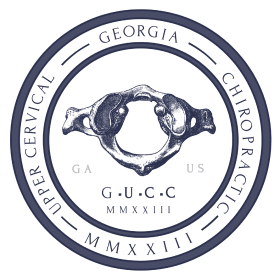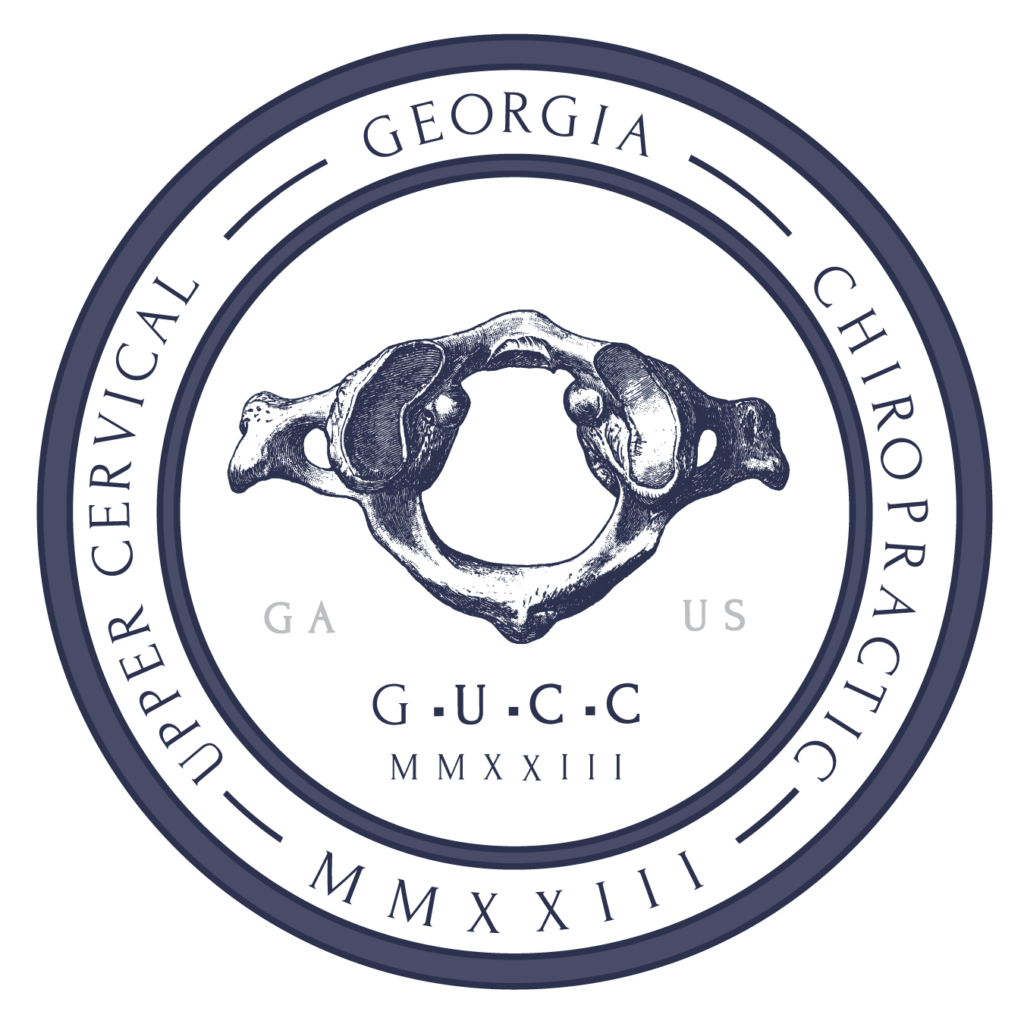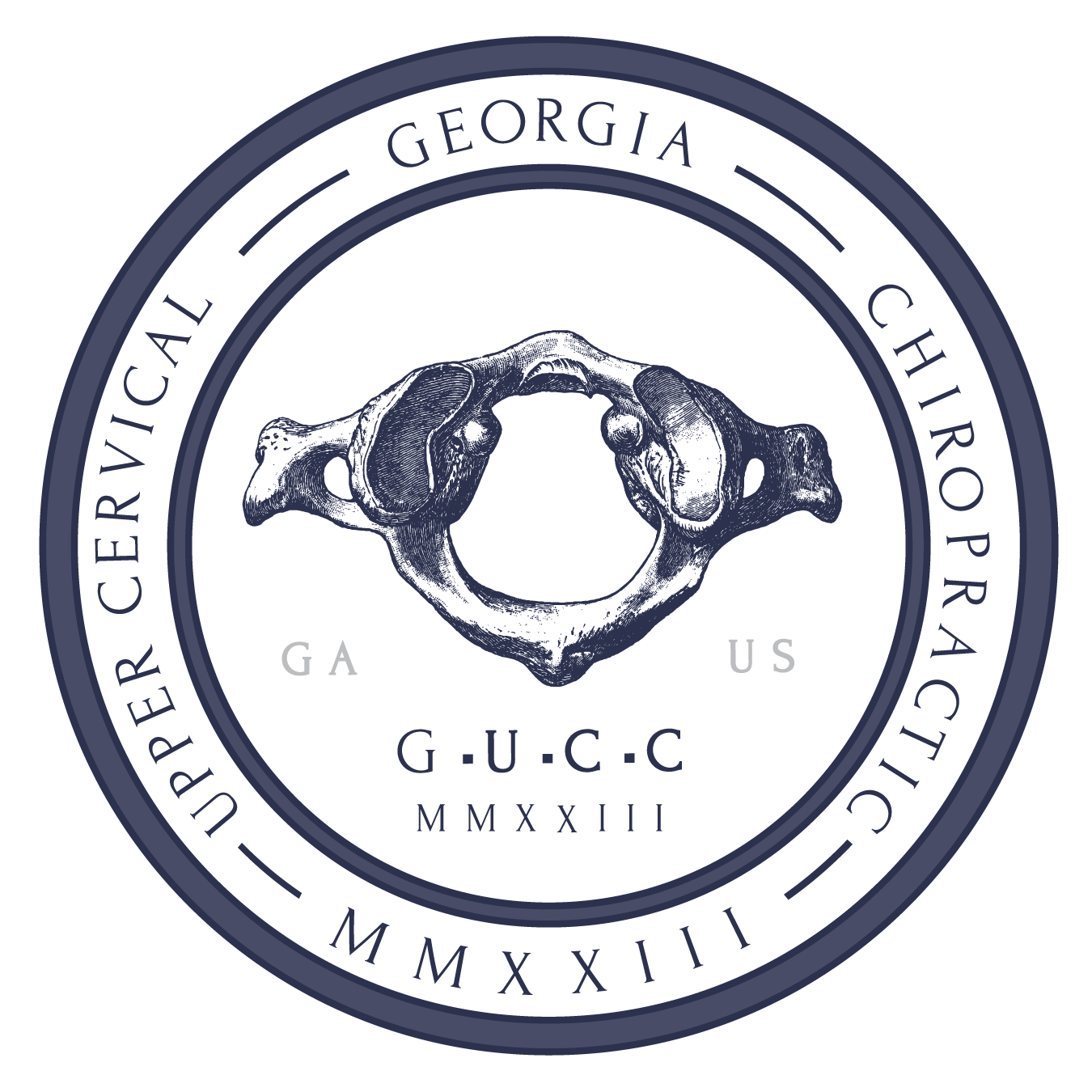Is Your Thoracic Spine Causing Chest Pain?
The thoracic spine is located in your upper and middle back. Problems with your thoracic spine may cause dull or sharp chest pain, as well as chronic pain in your back and ribs. Common causes include chronic poor posture and injury to the thoracic spine.
Thoracic chest pain is a type of referred chest pain, which means the pain originates from a root cause outside of your chest but is felt in the chest area. Thoracic chest pain is a disorder within the thoracic outlet syndrome family of disorders.
This kind of chest pain can occur due to slight pressure on the affected area, deep breathing, and movement of the limbs.
Although thoracic chest pain is clinically rare, it is a serious problem for the few who experience it. In fact, it is common for patients to mistake it for a heart attack. Treatment is a must for anyone who has to deal with thoracic chest pain — especially targeted chiropractic care.
Below you’ll find all you need to know about thoracic chest pain, the root causes, and the best treatments.
Different Kinds of Chest Pain
Chest pain (angina) can take several forms, depending on the root cause of your chest pain. These are the different kinds of chest pain:
- Dull, aching chest pain: A dull ache in your chest may be caused by a bruise or even muscle strain around your ribs.
- Burning chest pain: The feeling of burning in your chest is most typically a sign of gastrointestinal conditions like heartburn or GERD (gastroesophageal reflux disease).
- Sharp, stabbing chest pain: This sharp or stabbing discomfort when you breathe could mean a lung condition like pneumonia, pleurisy, pulmonary embolism, or COPD is causing chest pain, as well as shortness of breath. Sharp pain in your ribs could also indicate costochondritis (also known as fibromyalgia chest pain, Tietze’s syndrome, costosternal syndrome, or anterior chest wall syndrome).
- Extreme pain under rib: This localized chest pain may indicate gallstones in your gallbladder. Gallstones usually impact the right side of your chest.
- Crushing chest pain: This potentially life-threatening type of chest pain indicates a heart attack, pericarditis, or heart disease. Heart attack is accompanied by tightness or discomfort in the chest, arm, back, neck, stomach or even jaw. A panic attack could also produce symptoms of a heart attack.
All of the above types of chest pain can be caused by a pinched nerve in your thoracic spine. It’s vital to rule out serious conditions like heart attack, but few conventional doctors identify and treat the root cause of thoracic spine dysfunction after heart disease is ruled out.
What is the most common type of chest pain? The most common type of chest pain is probably dull bruise pain or burning sensation caused by GERD (gastroesophageal reflux disease).
Thoracic Chest Pain Causes
What are the possible causes of chest pain? Possible causes of thoracic chest pain include:
- Chronic poor posture: A lot of time spent sitting at desks, cloushing on couches, and looking at computers can slowly stress the muscles, joints, and ligaments in the thoracic spine. Constant poor posture can cause referred chest pain. Physical therapists and chiropractors can effectively administer posture management therapy.
- Vertebra slipped forward (spondylolisthesis): Thoracic spondylolisthesis occurs when a vertebra in your spine slips out of position, causing all sorts of health problems. One problem that can arise due to spondylolisthesis is referred chest pain. Chiropractic is the best treatment for slipped vertebrae.
- Inflammation of the nerve roots (radiculitis): Thoracic radiculitis is when the nerves in the thoracic spine are compressed. Radiculitis in the thoracic spine often leads to referred chest pain, sometimes with a tingling sensation. Chiropractic care is helpful for identifying and treating radiculitis of the spine.
- Scoliosis: Scoliosis is a dysfunctional curvature of the spine leading to lifelong back pain. Scoliosis sometimes causes rib and chest pain.
- Spinal stenosis: Spinal stenosis is characterized by the space inside your backbone being too narrow, putting pressure on the spinal cord and the spinal nerves. Age is a major risk factor, and this condition may lead to referred chest pain.
- Injury to the sternoclavicular joint: The sternoclavicular joint is where your collar bone (clavicle) meets your breastbone (sternum). Dysfunction in this joint may result in chest discomfort.
- Injury to the acromioclavicular joint: The acromioclavicular is in the shoulder. Injury to the acromioclavicular and sternoclavicular joints often go hand in hand, leading to referred chest pain syndrome.
- Injury to ribs: The rib cage could be bruised or fractured due to blunt force trauma, leading to chest pain for many weeks. Osteoporosis increases your risk of stress fracture. An x-ray can confirm a rib fracture. Deep breathing, sneezing, and coughing worsen this chest pain.
- Collapsed lung: A collapsed lung (pneumothorax) can lead to severe chest pain. Seek medical attention right away if you suspect a collapsed lung.
Diagnosing Thoracic Chest Pain
A physical examination and personal medical history from a chiropractor or doctor can confirm a diagnosis of thoracic chest pain. Some healthcare professionals may also administer a family medical history questionnaire, looking for genetic dispositions towards spinal conditions.
Physical examination includes manual manipulation of the neck joints and thoracic spine. The doctor may test the range of motion of your limbs and the muscular tenderness of your chest wall.
Your healthcare provider will likely identify the causes of your thoracic dysfunction, so that you can treat the underlying cause instead of just the symptoms.
An accurate diagnosis is an important first step to addressing chest pain. Once a healthcare professional has identified the root cause and severity of your pain, you and your doctor may discuss treatment.
Treatment Options for Thoracic Spine Dysfunction
Thoracic spine pain is treatable. There are multiple treatment options that you can discuss with your healthcare provider:
- Upper cervical chiropractic care
- Targeted joint mobilization
- Massage of the spinal muscles
- Acupuncture
- Trigger point therapy
- Heat therapy especially for muscle spasms
- Physical therapy
- Stretching & exercises
- Core muscle exercises
- Postural management therapy, including posture at work or posture while sleeping
- Minimally-invasive direct thoracic interbody fusion
Ready to get to the root of your problem with chiropractic care? We’re currently accepting new patients at our Ball Ground and Atlanta/Decatur offices.
Sources
- Kato, K., Yabuki, S., Otani, K., Nikaido, T., Otoshi, K. I., Watanabe, K., … & Konno, S. I. (2016). Unusual chest wall pain caused by thoracic disc herniation in a professional baseball pitcher. Fukushima Journal of Medical Science, 2015-25. Full text: https://www.ncbi.nlm.nih.gov/pmc/articles/PMC5131583/
- Barranco-Trabi, J., Mank, V., Roberts, J., & Newman, D. P. (2021). Atypical Costochondritis: Complete Resolution of Symptoms After Rib Manipulation and Soft Tissue Mobilization. Cureus, 13(4). Full text: https://www.ncbi.nlm.nih.gov/pmc/articles/PMC8106472/
- Johnson, K., Ghassemzadeh, S. (2021). Chest Pain. StatPearls. Full text: https://www.ncbi.nlm.nih.gov/books/NBK470557/
- Stochkendahl, M. J., Sørensen, J., Vach, W., Christensen, H. W., Høilund-Carlsen, P. F., & Hartvigsen, J. (2016). Cost-effectiveness of chiropractic care versus self-management in patients with musculoskeletal chest pain. Open Heart, 3(1), e000334. Full text: https://www.ncbi.nlm.nih.gov/pmc/articles/PMC4860847/
- Stochkendahl, M. J., Christensen, H. W., Vach, W., Høilund-Carlsen, P. F., Haghfelt, T., & Hartvigsen, J. (2008). Diagnosis and treatment of musculoskeletal chest pain: design of a multi-purpose trial. BMC musculoskeletal disorders, 9(1), 1-10. Full text: https://www.ncbi.nlm.nih.gov/pmc/articles/PMC2315652/


